The announcement in May 2015 that nine news organizations, including the New York Times, NBC News, the BBC and BuzzFeed, would begin serving up some of their content natively to Facebook’s platform has been the subject of intense scrutiny in the media and publishing world.
Is this a sign of surrender, as media companies wave the white flag before increasingly dominant technology companies? Or is it just a trial balloon, and not the leading edge of a trend that will ultimately lead to the evaporation of news websites themselves?
The answer remains unknown at this point, but what is clear is that Facebook’s “Instant Articles” project was attractive enough — ad revenue will reportedly be split — that it was worth a try for struggling news companies, whose ad revenues continue to decline. Similarly, many news media companies have been eager to collaborate with Snapchat.
Facebook not only can provide access to vastly more potential news consumers, but its executives have also said that feeding stories into the company’s technical platform will allow news items to load faster on mobile devices and to provide a more satisfying user experience. The rise of social media platforms and their increasing dominance in terms of the public’s time spent online means that the balance of power is changing; the possible consequences for civic life and democracy continue to be debated.
A variety of data-driven graphics produced this year by various research organizations help put this story and these trends in perspective.
______
The Pew Research Center conducted a survey in March 2015 about news discovery and access through Twitter and Facebook. The findings were published in July:
In a report released April 2015 on the typical “lifespan” of articles, the digital analytics firm Parse.ly also breaks down how web traffic is being referred to news sites:
Pew’s “State of the News Media 2015” analyzed how mobile access to news sites is overtaking desktop computer access for many top sites:
Shareaholic released new data in January 2015 to illustrate trends in social media sharing and discovery. That firm notes that, based on an analysis of publisher and news sites across the web, it appears that the “top 8 social networks drove 31.24% of overall traffic to sites in December 2014, up from 22.71% the same time last year:
NewsWhip, a social media strategy and analytics firm, calculated the leaders in terms of social media referral traffic at the beginning of 2015:
A June 2015 report from the Reuters Institute for the Study of Journalism at the University of Oxford provides some global perspective on emerging news access patterns:
The Reuters Institute also asked a representative sample in each country which digital devices they had used in the past week to access news:
The May 2015 meeting in New York of the International News Media Association World Congress (INMA) produced a survey of the hundreds of executives in attendance about their priorities:
In a March 2015 report, the American Press Institute-Associated Press/NORC Center for Public Affairs Research evaluated how the rising millennial generation is using social media:
Data analyzed in a March 2015 comScore report reveal how different age cohorts are engaging with social media:
And Pew also examines the rate at which online adults have been using various social platforms over the past few years:
Keywords: Twitter, Facebook, Pinterest, Instagram, LinkedIn




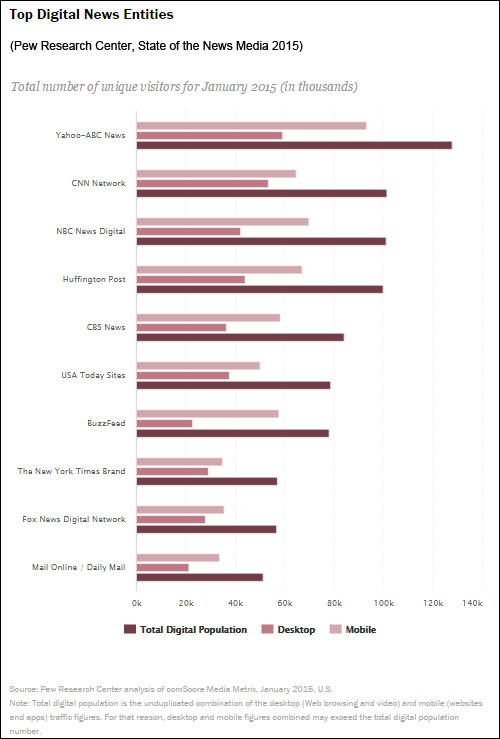
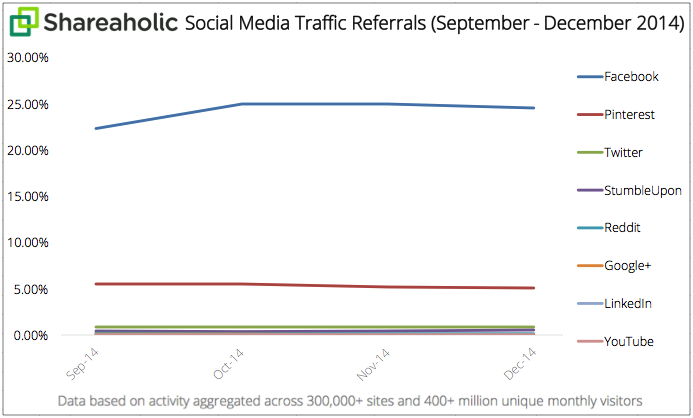
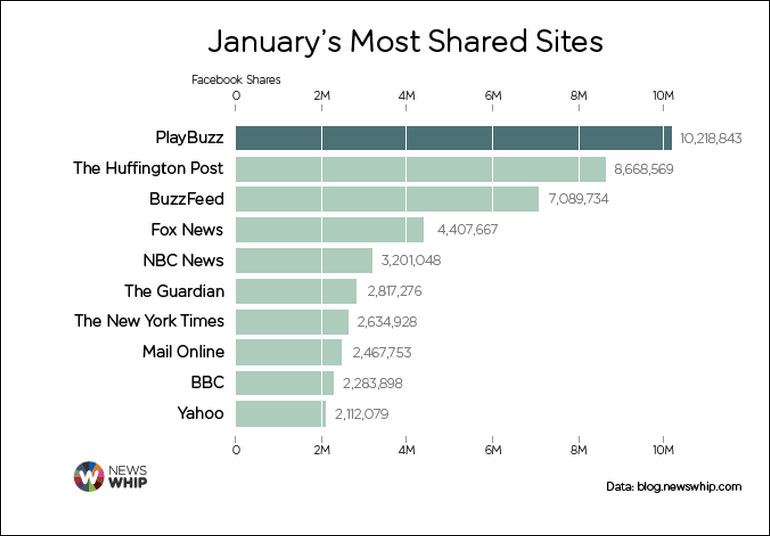
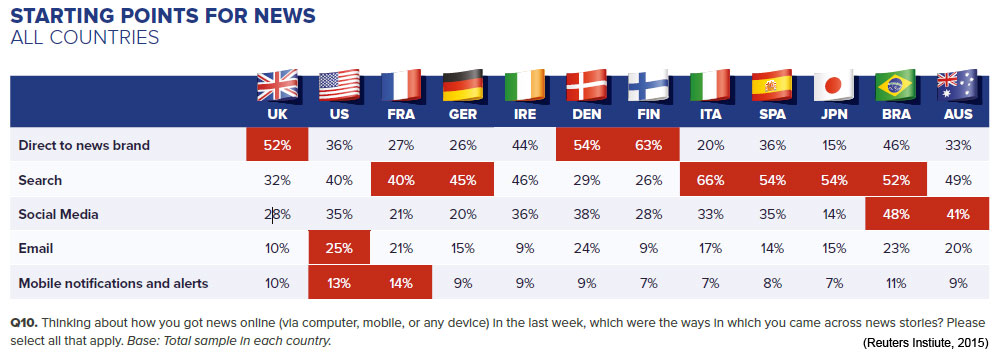
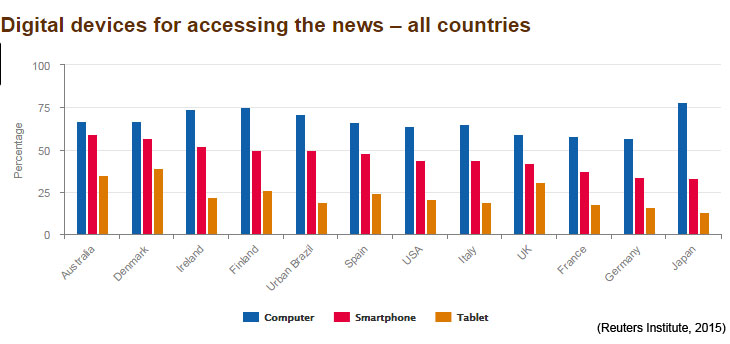


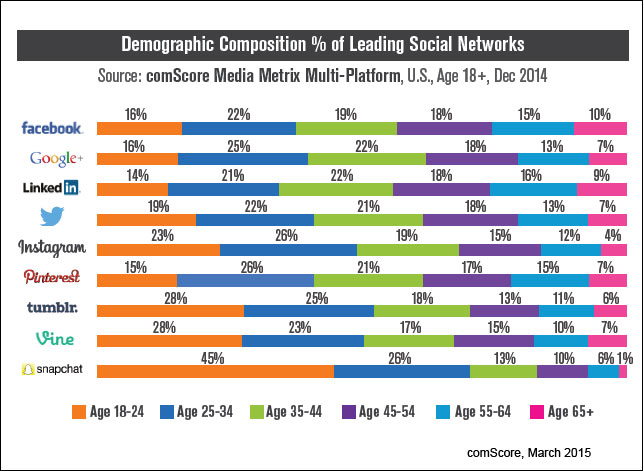

Expert Commentary